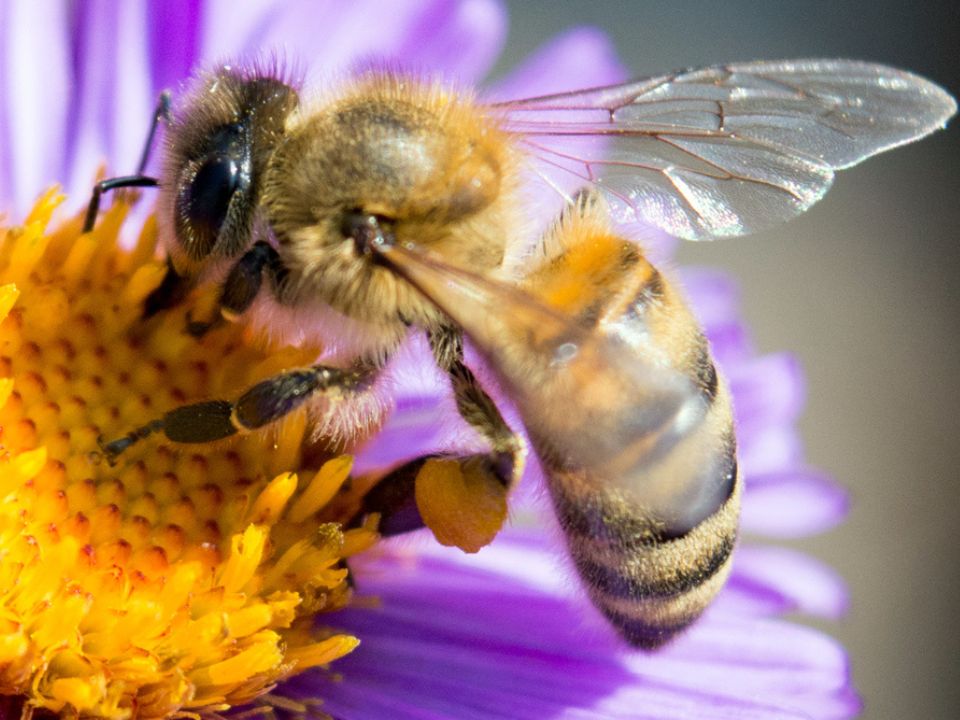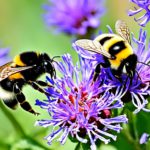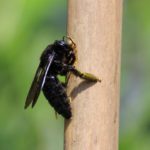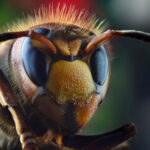Introduction
Ah, the humble bee symbolizes perseverance and nature’s delicate balance. Have you ever considered the marvel of their wings, the crucial yet often overlooked aspect of these tiny creatures? Bee wings although seemingly fragile, play an indispensable role in the functioning of the hive and the pollination of our ecosystems. Join us as we uncover the mysteries and wonders of these intricate, gossamer structures that enable bees to perform their vital duties. Delve into the awe-inspiring world of nocturnal flight with our exploration of How Can Bees Fly at Night.
Understanding Bee Wings
In comprehending the wonder of bee wings, it’s essential to grasp their structure and composition. These ethereal yet robust appendages comprise a delicate membrane supported by a network of veins, ensuring flexibility and strength. The intricate system of veins acts as a scaffold, providing stability during flight and enabling the bee to navigate the air with precision and grace.
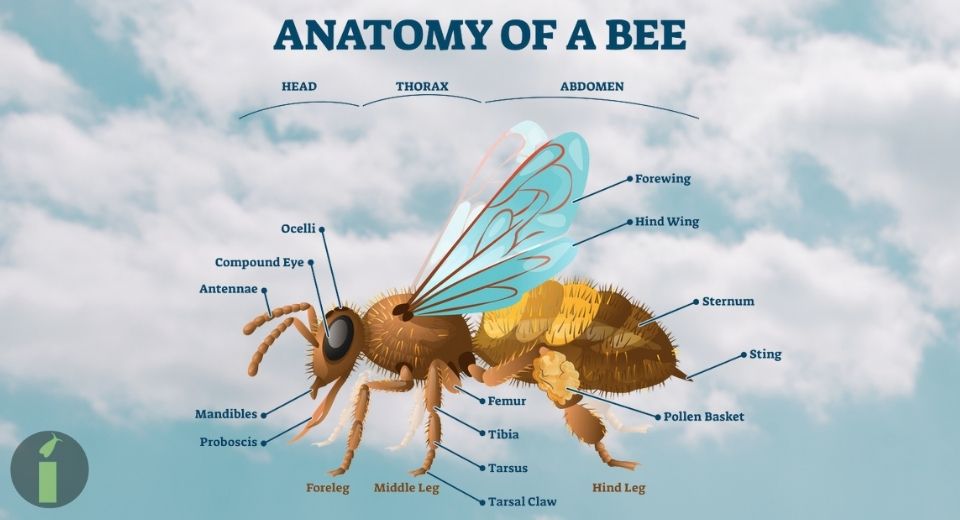
The Fascinating Adaptations
1. Aerodynamic Design: Nature’s Perfect Engineering
Nature’s unparalleled engineering is beautifully showcased in the aerodynamic design of the bee wing. Their shape, featuring a pronounced curve and a subtly serrated edge, allows bees to achieve remarkable stability and lift during flight. This design has evolved over millions of years, adapting perfectly to the bee’s specific needs and the challenges posed by their foraging activities.
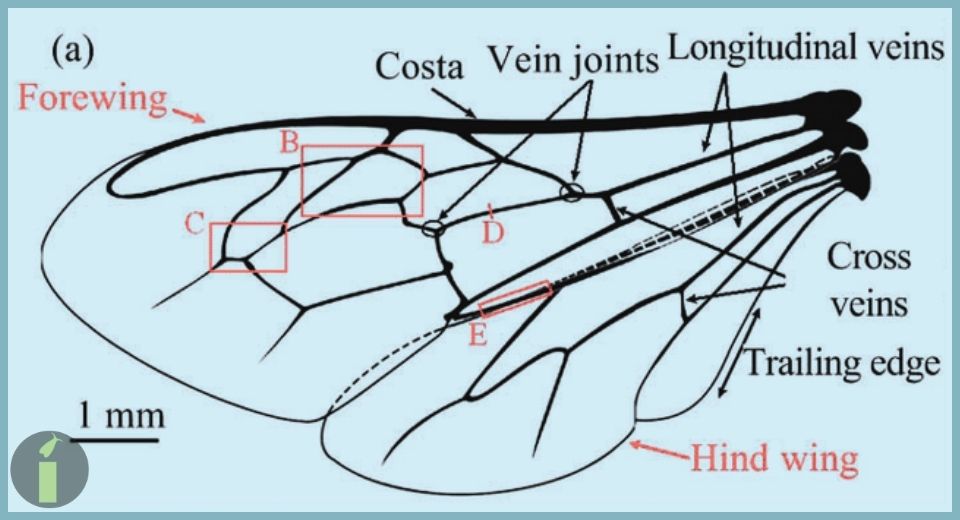
2. The Power of Synchronization: Harmonious Wing Movements
Bee colonies function as a unified entity, and the synchronization of their wing movements is integral to their communal activities. The coordination between thousands of bees during swarming or foraging is a marvel of natural choreography, where every bee’s wings work in perfect harmony, akin to a symphony orchestrated.
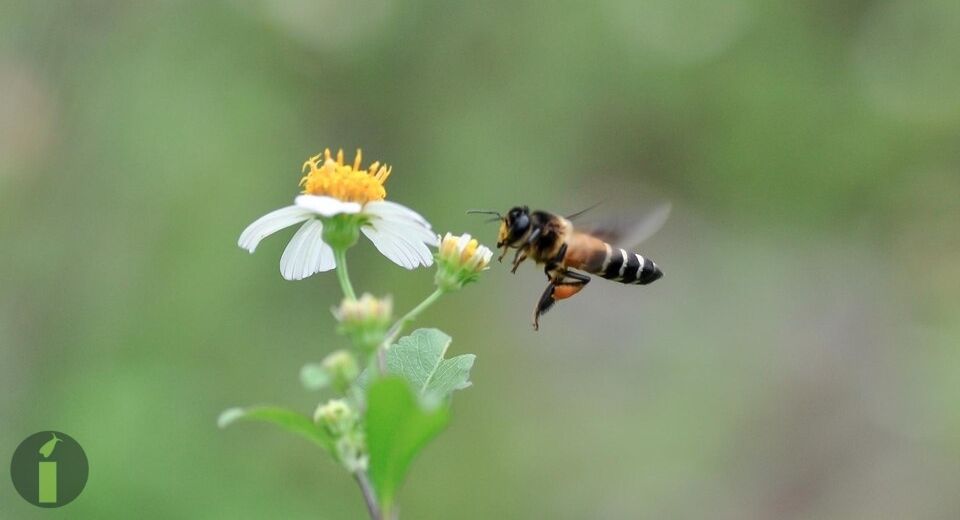
The Vital Role in Pollination
The significance of bee wings extends beyond mere locomotion; they are instrumental in pollination, a cornerstone of our agricultural systems. As bees flit from flower to flower, the electrostatic charge generated by their wings facilitates the transfer of pollen grains, ensuring the cross-fertilization necessary for the propagation of numerous plant species.
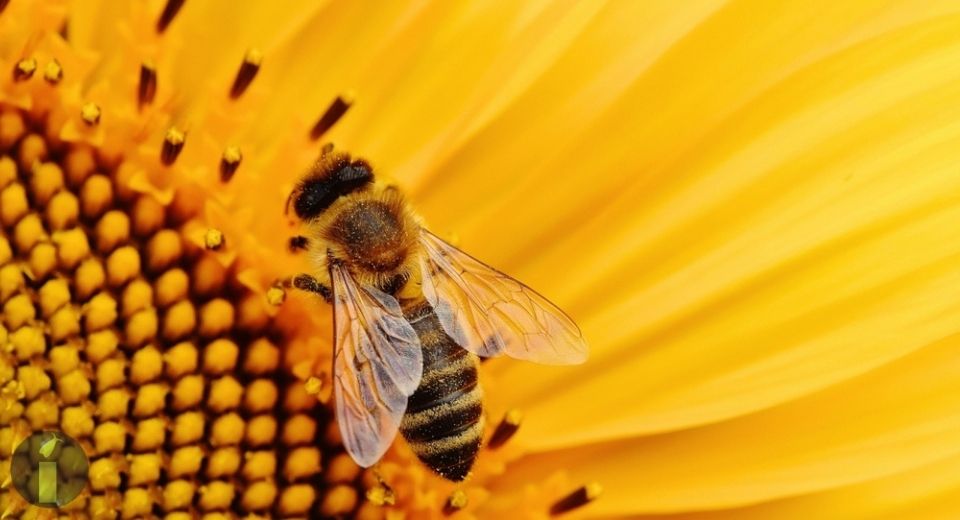
Challenges Faced by Bee Wings
The resilience of bee wings is put to the test by numerous challenges in their environment. From climate change to pesticide exposure, these vital appendages are under constant threat, impacting individual bees and the delicate balance of entire ecosystems.
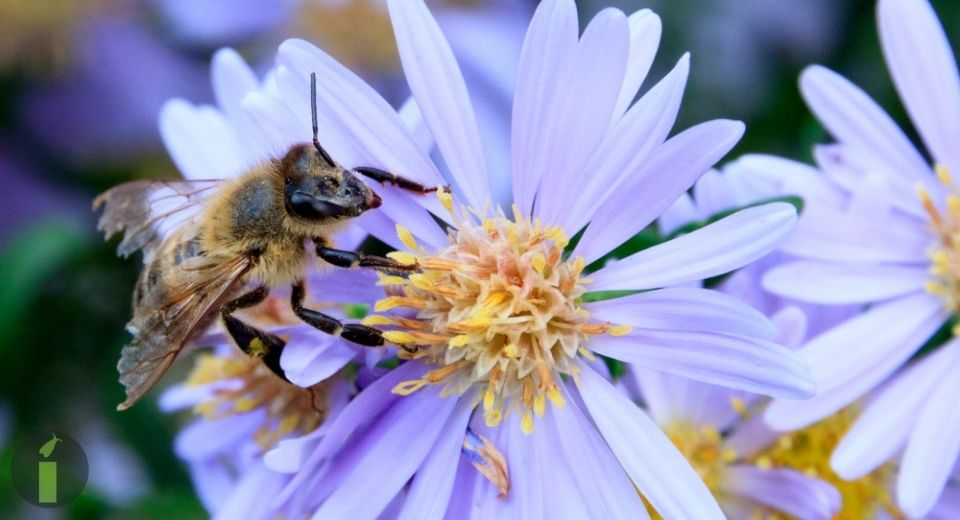
Preserving the Wings of Nature’s Guardians
To guarantee the proceeded with liveliness of our biological systems, saving the uprightness of honey bee wings is the principal. The aggregate endeavors of progressives, beekeepers, and policymakers are urgent in protecting the territories and food sources that support these crucial pollinators.

Conclusion
In conclusion, our investigation of honey bee wings has revealed that these sensitive yet strong designs are a demonstration of the unpredictable magnificence of the natural world. As we unravel the mysteries of the bee’s flight, let us also remember our role in preserving the delicate balance supporting these magnificent creatures and their ecosystems.
FAQs
Q1. Is bee wing delicate?
While they might seem delicate, bee wings are surprisingly resilient and well-adapted to the demands of their flight and pollination activities.
Q2. How do bee wings contribute to pollination?
Additionally, bee wings generate an electrostatic charge that aids in the transfer of pollen. This process is crucial for plant propagation, as it facilitates the cross-fertilization needed for the survival of many plant species.
Q3. What threat does the bee wing face?
Additionally, honey bee wing is at risk due to factors such as environmental change, pesticide exposure, and habitat loss. Which can altogether influence their capacity to work.
Q4. What can individuals do to protect bee wings?
Supporting neighborhood beekeepers, in addition, upholding pollinator-accommodating horticultural practices, furthermore, and establishing honey bee amicable blossoms. Moreover, there are ways people can add to the security of honey bee wings. The general prosperity of honey bee populations.
Q5. How crucial is a bee wing to the ecosystem?
Additionally, honey bee wings play a crucial part in fertilization, and guaranteeing the spread of various plant species and the strength of environments around the world. Their well-being and usefulness are necessary to the prosperity of different verdure.

